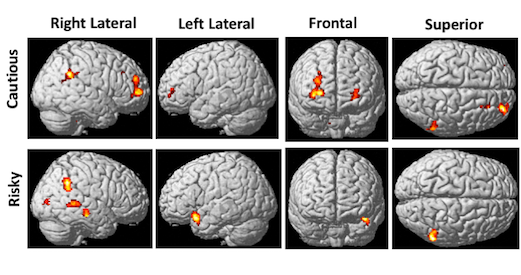Audio Presented by

theorizing the human mind, based on the electrical and chemical signals of neurons. https://bitly.cx/uLMc
Story's Credibility

About Author
theorizing the human mind, based on the electrical and chemical signals of neurons. https://bitly.cx/uLMc